Tricks to Keeping Your Produce Fresher Longer
This just found in my IN BOX from the great site, Care2: easy tricks to keeping produce fresher longer, by Mary Daly. Considering the high cost of groceries today, I’m all about making things last longer. Here’s Mary’s research in a nutshell:
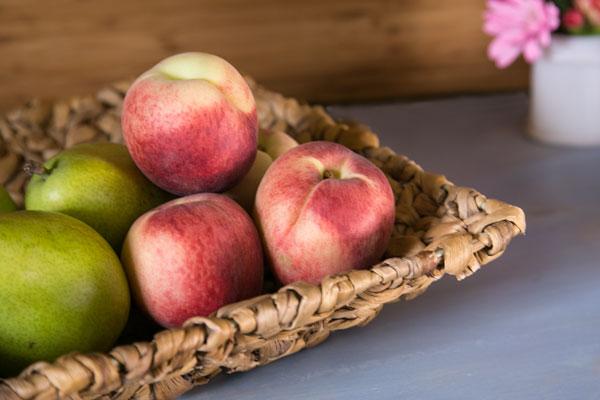
KNOW WHERE TO PUT YOUR PRODUCE. Refrigerator? Counter? Pantry? Fruits and vegetables have individual needs in terms of their ripening and storage. And knowing their best storage spots will result in best flavor and freshness.
Some items — such as berries, beans and anything pre-cut or peeled — do better immediately stored in the refrigerator. Others — including whole melons, potatoes and tomatoes — are best at room temperature. And still others — avocados, kiwis, peaches, plums and pears — can ripen for a few days on the counter and then go into the fridge to maintain their flavor.
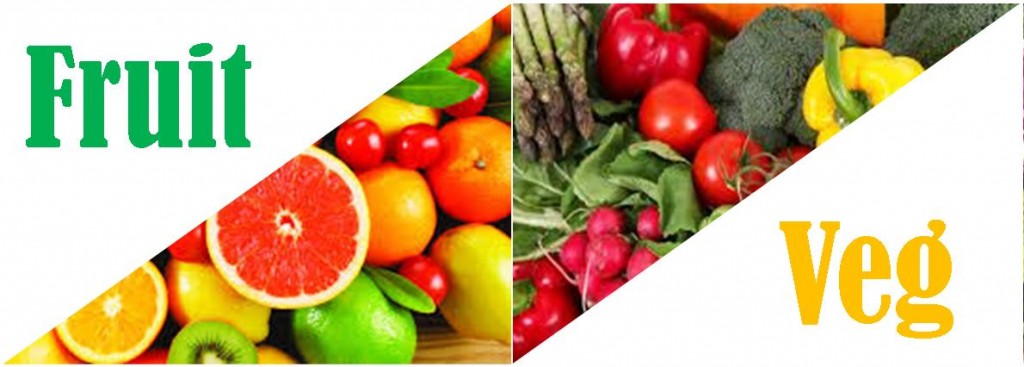
SEPARATE YOUR FRUITS AND VEGGIES. Besides knowing where to store your produce, you also need to know with what to store it. Many fruits and vegetables don’t play well with together when it comes to maintaining freshness. Some fruits give off high levels of ethylene (the ripening agent), which prematurely ripens and spoils surrounding vegetables. Most fruits release ethylene, so it’s best to keep them separated from anything you don’t want speedily ripened.
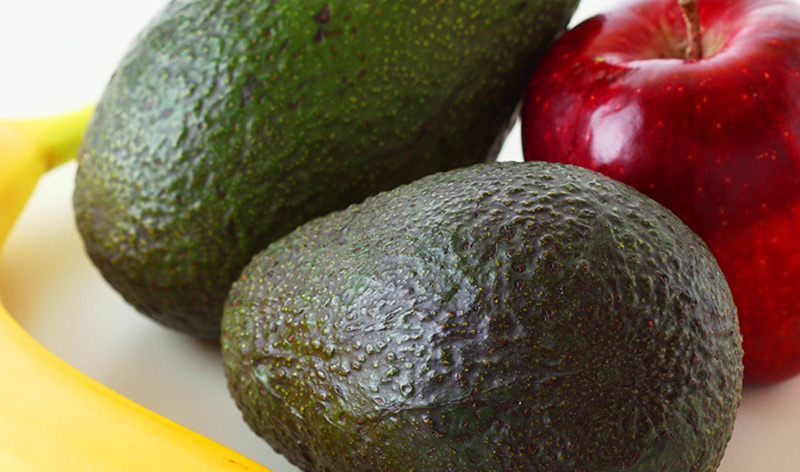
USE AN APPLE AS A RIPENING TOOL. Speaking of ethylene, an apple is loaded with it. And luckily, the ethylene that sometimes gets us in trouble is also a big help. Just place one ripe apple with every 5 to 7 pieces of fruit to be ripened (whether in a bowl or bag.) Avoid Fuji and Granny Smith apples, though, as they don’t produce enough ethylene to be very effective.
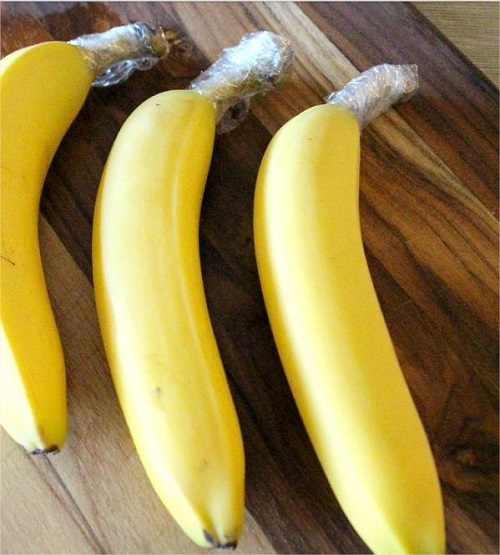
SEPARATE BANANAS. Bananas can last about a week when stored at room temperature. (But in the fridge, their skin turns black, and they don’t get sweet.) One trick to prevent them from ripening too quickly is to separate the bunch. When connected, the ethylene each banana gives off causes the whole bunch to ripen quicker. And if you’ve the time, wrap each end in a little plastic to further contain ethylene escaping.
On the flip side, if need ripe bananas NOW (for banana bread, perhaps), keep the bunch together in a paper bag. And for good measure add an apple to the mix.
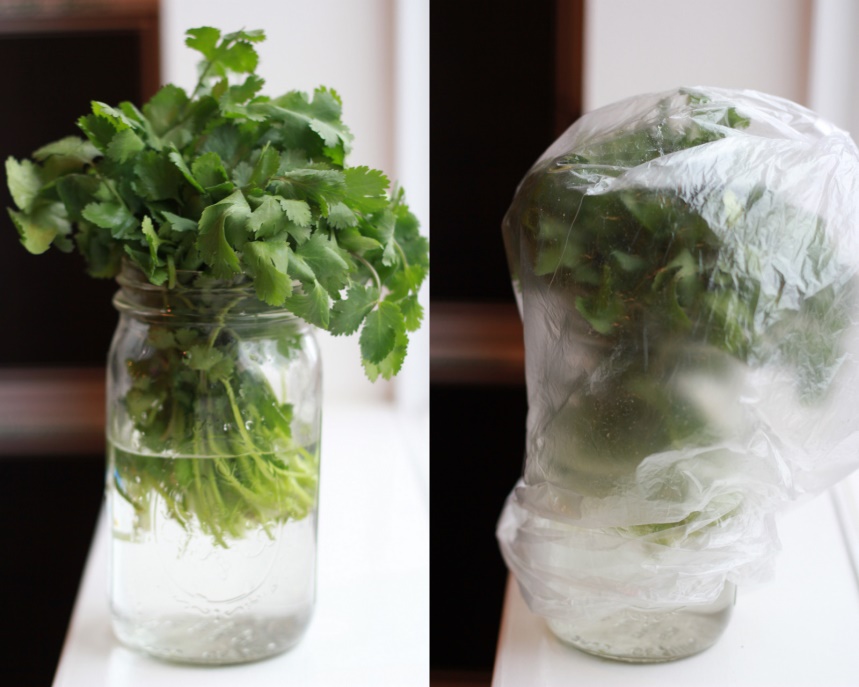
CREATE AN HERB FLORAL ARRANGEMENT. We Cook’n cooks now the difference fresh herbs can make in a recipe. But unless you grow your own, you might find yourself with wilted greens before you’re ready to use them. So keep store-bought herbs fresher longer, wash and dry them as soon as you get them home. Then, snip off the ends and set them in a glass of water like you would a floral bouquet. Top the arrangement with a small plastic bag when storing in the fridge. Or just keep them in a plastic bag with a paper towel to absorb excess moisture.
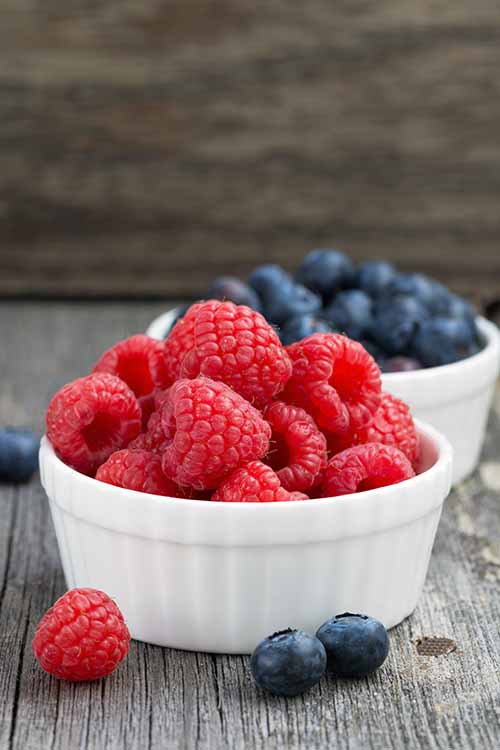
DON’T WASH BERRIES UNTIL YOU’RE READY TO EAT THEM. To prevent spoilage in most produce, it’s typically best to avoid washing it until you’re ready to eat. That’s especially true for delicate berries, which easily mold when wet (although blueberries are a bit heartier).
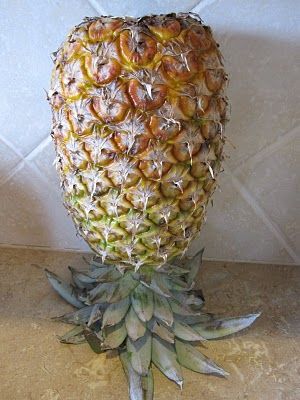
TURN YOUR PINEAPPLE UPSIDE-DOWN. Whole pineapple is best stored at room temperature on your counter. But turn it upside-down for optimal flavor. Because the sugar is concentrated at the base of a pineapple, storing it upside down for a day or two at room temperature or in the fridge allows the sweetness to spread throughout the fruit.
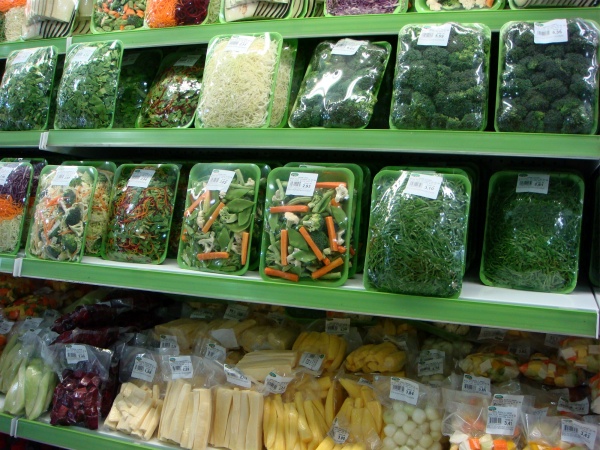
AVOID PRE-PACKAGED PRODUCE. While convenient, it’s usually more expensive. Plus, in terms of freshness, buying the loose items allows you to check each one for spoilage.
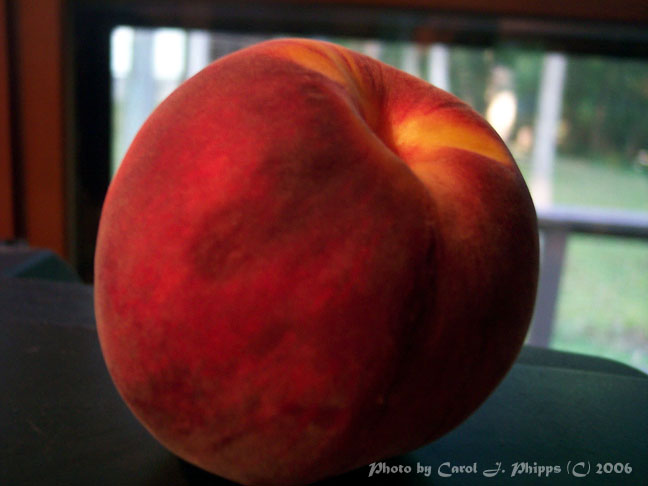
EAT BRUISED OR DAMAGED FRUIT FIRST. Just like pre-cut produce, fruit with blemishes tends to ripen — and spoil — faster. So instead of avoiding that peach with a bruise on it for a few days, eat it first before the whole thing goes bad. Just make sure you cut off any damaged areas before eating.
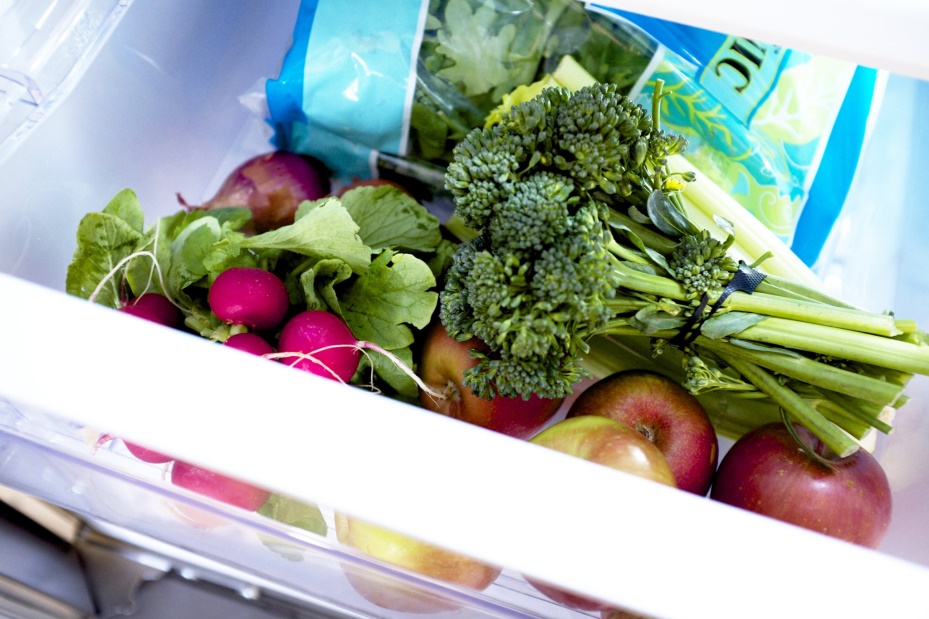
BUY WHAT YOU CAN EAT WITHIN A FEW DAYS. Only a few fruits and veggies can last several weeks (and it heavily depends on proper storage). An example: potatoes in a root cellar environment. But for everything else, buy only what you can eat within a few days. Over the long haul, you’re better off making several quick trips to the market rather than stocking up and risking having the excess go bad.
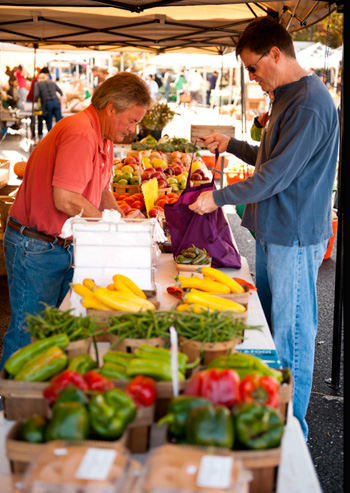
Finally, BUY IN-SEASON PRODUCE if you’re really serious about freshness. And when hitting up the farmers market, go early in the day. The items won’t have sat out in the elements all day, being handled by countless people.
- www.fullplateliving.org
- www.blog.fruitwishes.com
- www.loveonetoday.com
- www.whydontyoutrythis.com
- www.wholesomemama.com
- www.foodal.com
- www.pinterest.com
- www.maria-brazil.org
- www.pbase.com
- www.popsugar.com
- www.brendamcintryrealty.com
 Alice Osborne
Alice Osborne
Weekly Newsletter Contributor since 2006
Email the author! alice@dvo.com
